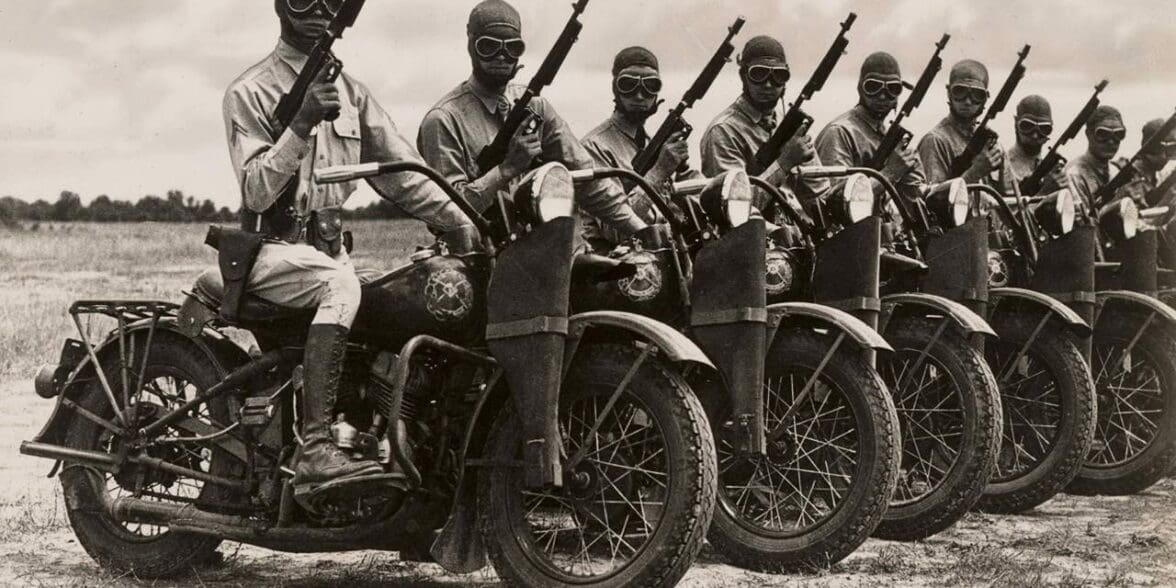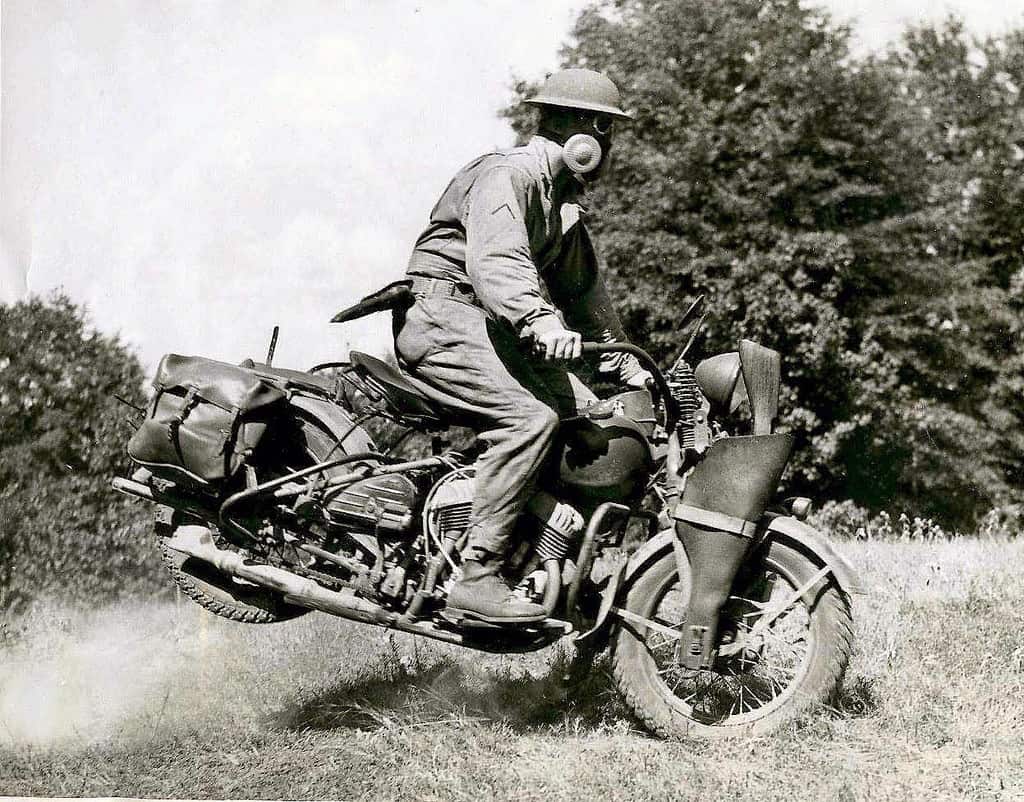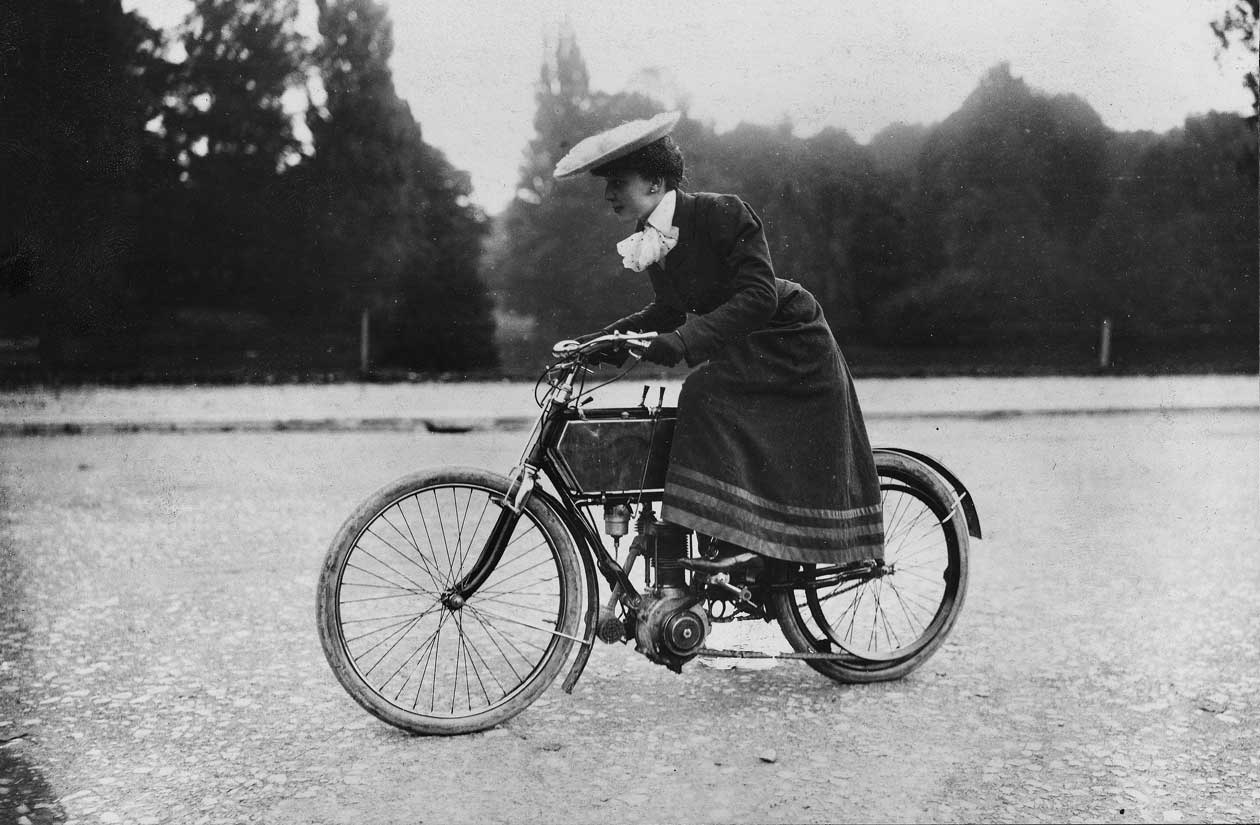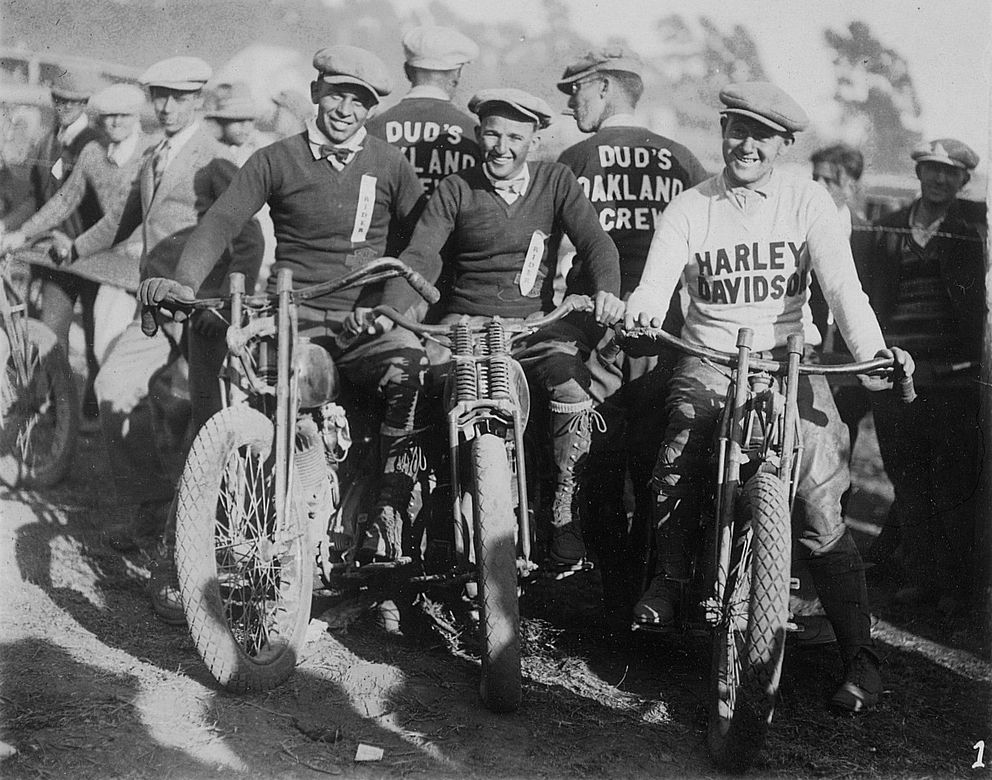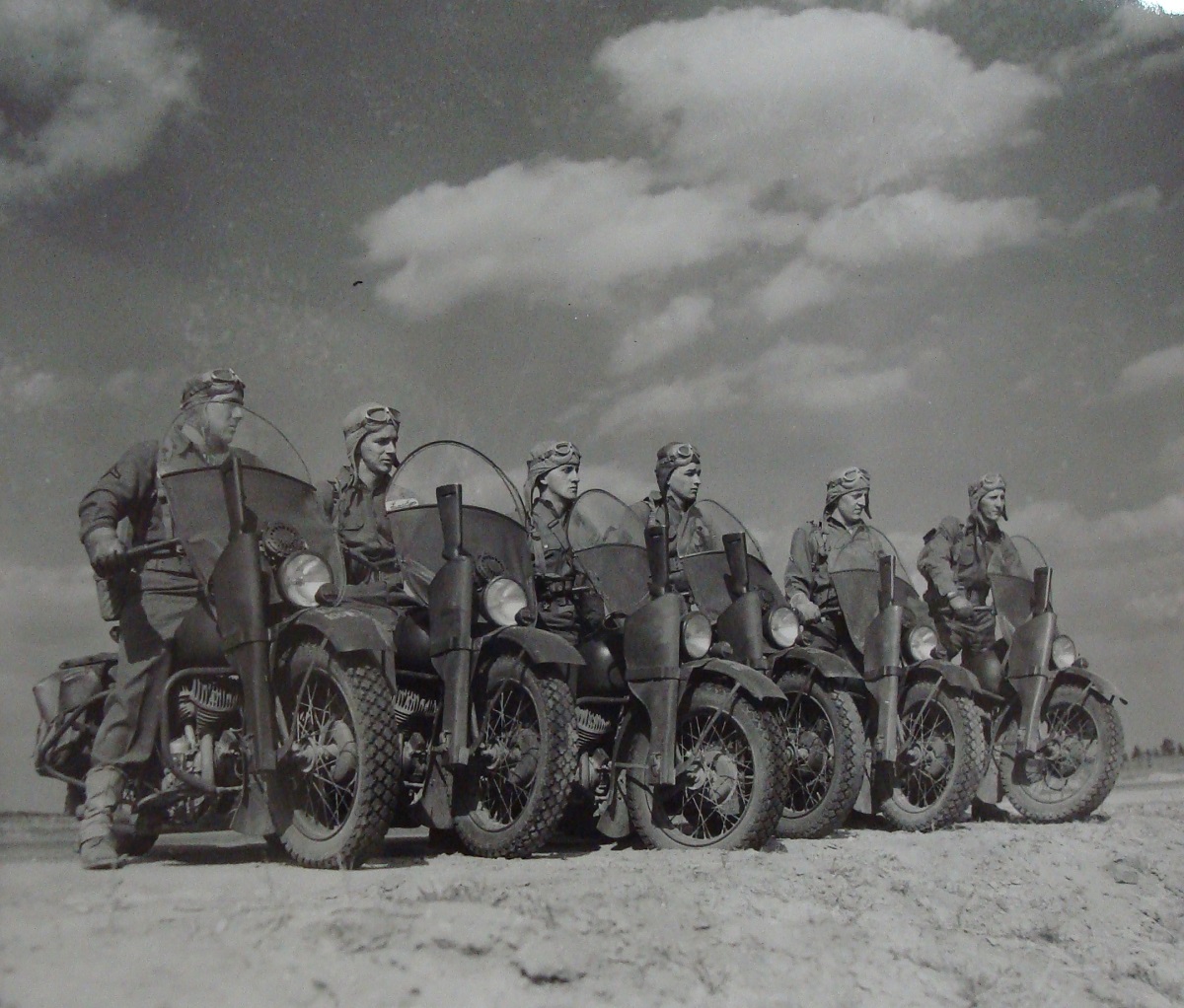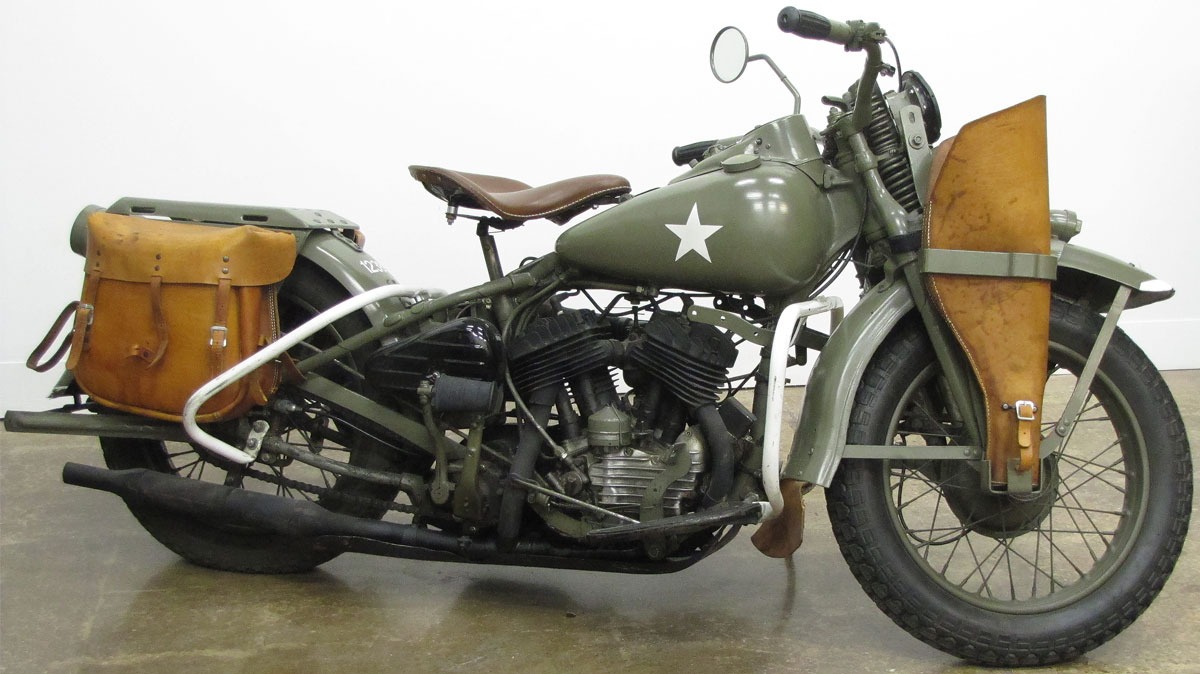Our country’s vets haven’t had an easy time when it comes to adapting back into society.
Beyond the sacrifices made to keep our land free, soldiers released from the field have to re-integrate into a society that knows almost nothing of the horrors of a battlefront and the dangers that combat afford.
According to an article from History.com, the American biker clubs of the 1900s-1940s gave young ex-privates recovering from the damage of WWI & WWII a feeling of belonging and camaraderie.
On top of this, the motorcycles themselves gave an adrenaline rush seldom beat by society’s tamer recreational pursuits – and young men and women found a home away from home that accepted them for who they were.
The Early Days
Biker clubs have been around for a while. Riders of the earlier machines (then christened “Motor-bicycles”) banded together to form riding groups of what could only be called bicycles with a small motor welded to the center frame.
Given that traffic lights weren’t really a thing in many cities until the 1930s, the pre-1920 American driving scene was rendered more chaotic with the addition of motor bicycles – enough that cities stuck with the road mess vied to restrict bikers and their beautiful beasties.
The result?
Biker clubs adapted to their environs, organizing events that regulated the road racing of the time. They also took this chance to contribute to their communities and fight the restrictions the cities fought to impose, giving back to the cities in a show of unity.
The earliest archived date of a large motor-bicycle meet was 1903 and boasted 100 members strong. By 1924, they decided to call themselves the American Motorcycle Association (sound familiar?) and held a 1,400-mile endurance trial from Cleveland to showcase the practicality of their machines.
Moto Benefits of the War
By WWII, the efficiency of a light motor-powered bike proved invaluable to the American military. Harley Davidson and Indian were voluntold to provide over 100,000 bikes for their country’s troops.
As the machines’ usefulness increased, so did the bikes improve under the care of corporate giants looking to provide the best of the best for their boys in green.
Rachel Kline from the Vintage Veteran writes that, “similar to tanks, planes, and automobiles, motorcycles went through a number of improvements.”
This was when Harley Davidson invented the well-loved ‘knucklehead’ engine – still used today (though we’ll admit it’s gone through a handful of updates since then).
H-D also became famous at this time for its military mechanized cavalry model, the Harley Davidson WLA. Who can say no to a bike tricked out with leather saddlebags and a rifle scabbard?
Post-WWII
Imagine the saturation of motorcycle enthusiasts coming out of the world war to greet the biker clubs of the 1930s.
At this point, the average age of the vets returning hovered around 27 years old – a perfect age to retire from the battlefield and reintegrate into society in the way they knew best.
And that’s just what they did.
A scholar named William Dulaney has a good blurb in his research study titled ‘Over the Edge and Into the Abyss: The Communication of Organizational Identity in an Outlaw Motorcycle Club’:
“Veterans, searching for relief from the residual effects of their wartime experiences, started seeking out one another just to be around kindred spirits and perhaps relive some of the better, wilder social aspects of their times during the war.”
“It seems logical that the horrors of war and the hell of combat may have melted down the prewar personalities of these men, only to recast them forever in a new form.”
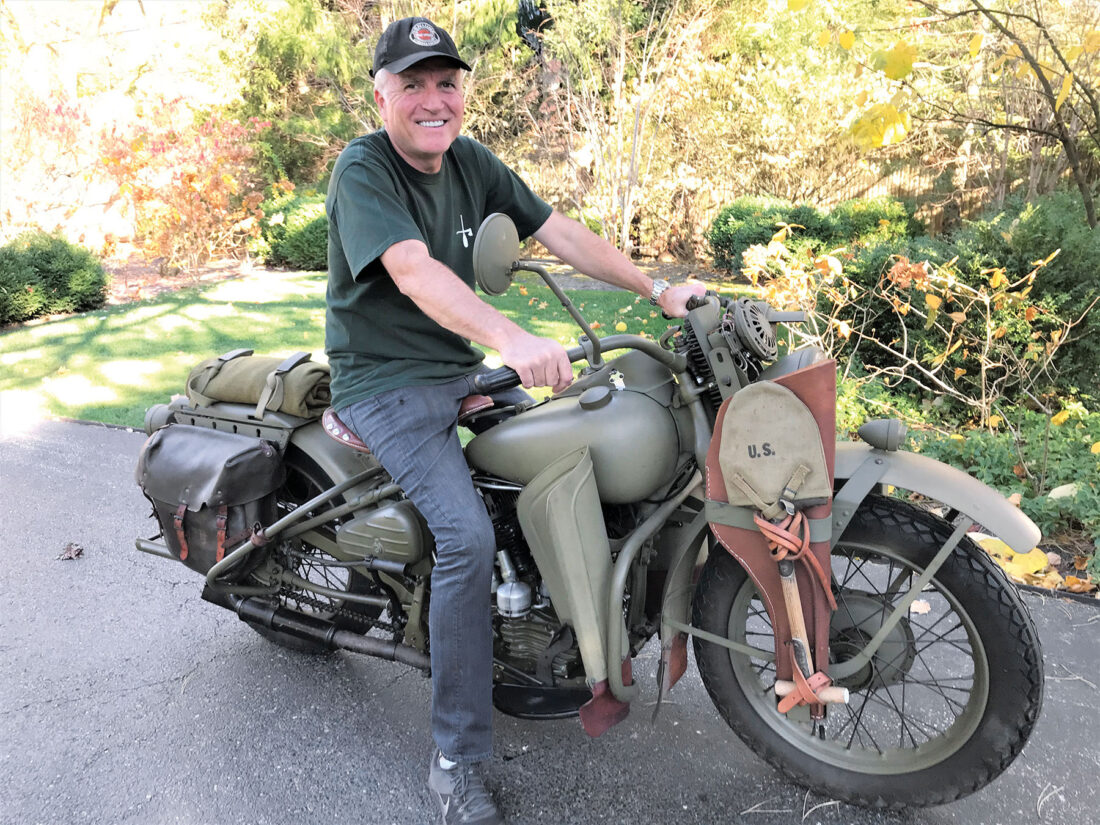

If you know a vet in your area, give him a handshake and ask about the “good old days” for us – odds are they’ll have a hell of a story to share.


